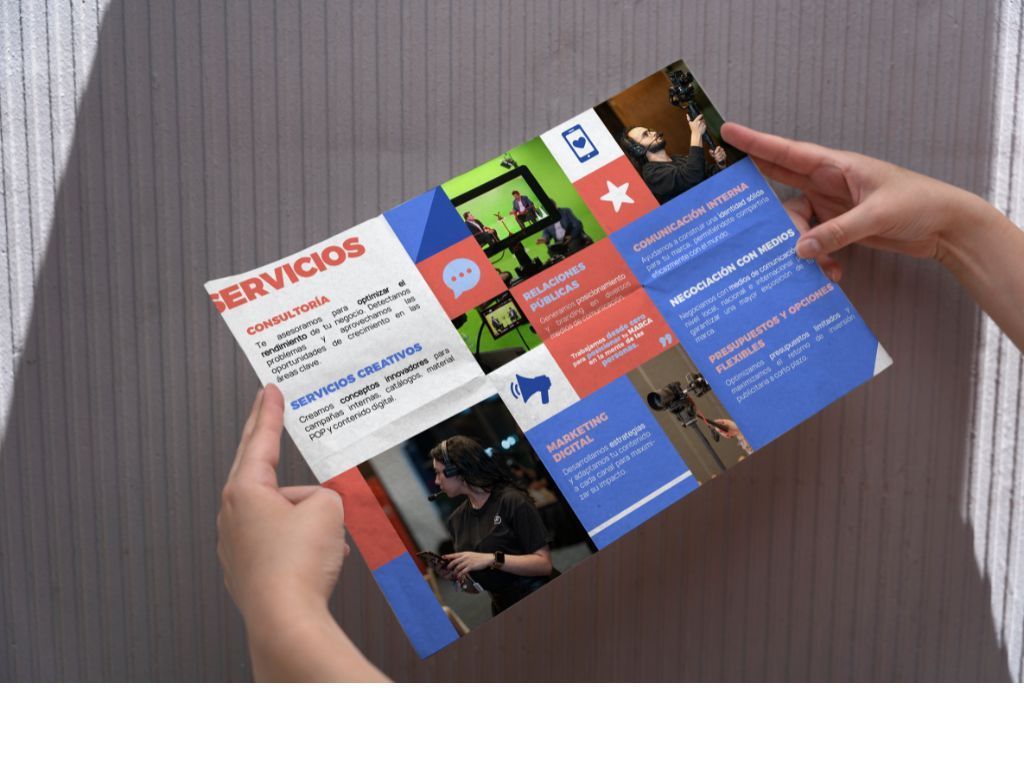Social selling: the power of combining storytelling with storydoing
Integrate the best of storytelling into your social selling strategy, connect with your audience and drive them to take action.

Social selling, the perfect combination between storytelling and storydoing, has allowed the increase sales through the development of meaningful relationships with potential customers. However, the public has been indifferent to the short message format.
Storytelling has established itself as a resource to excite and persuade the public with inspiring stories. It aims to identify the customer with what the brand represents.
On the other hand, storydoing remains a relatively new term. This takes the use of narratives to the next step, in order to motivate action.
Read on and find out how to update your social selling strategy with storydoing and improve your audience engagement.
What is the new social selling model?
Social selling is essentially supported by storytelling. So whenever there's a story behind a product or service, a conversation will start.
However, to achieve social media relevance, your narrative must move, inspire and most importantly: engage the consumer. This means combining storytelling with storydoing.
Beyond creating content with short sentences or managing accounts as an image and pricing platform, it's important to be subtle.
It is no surprise to find that the public reacts with annoyance or indifference to advertising.
The number of ads on the network has created a change in customer preferences.
The most successful brands write their text in such a way that the sale is not noticed, including a point of view. In this way, it is crucial to have an audience that relates to your brand.
This audience must understand and know your story, to the extent of identifying with it. Additionally, the public should understand social media tools and feel comfortable consuming digitally.
Discover how to sell more using storydoing, just click
out here.
Strategy to connect with your potential customers with storydoing
Once you understand that the potential customers of the new social selling have different characteristics,
the most appropriate answer is to use storydoing. To be able to apply it efficiently, we leave you the following tips:
Understand your Buyer Persona
Instead of watching a crowd of people, reducing our attention to an individual with specific characteristics will give us useful information. The generalized information we get from broad groups does not generate movement.
Identify and understand the mindset of
your buyer persona it will make it easier for you to create a special narrative for your audience. Knowing what matters to them, their motivations and what moves them will give you the elements for the ideal story.
Identify patterns of behavior
All the details that will help you slip empathy, are in patterns of behavior and responses.
Perceiving the key behaviors of your buyer persona, will help you find the perspective with which they empathize and from which they act.
Empathize
Once the patterns of conduct are established, the next step is to put yourself in the buyer's shoes. Understand the situation in which they live and their problems, it will give you the necessary information to offer what they need to solve their difficulties.
Once having the problem and the solution, the ideal narrative is one that presents the reader with a need or problem with which he or she identifies, and shows the way to the solution.
Inspire emotions
The emotional response plays a major role in decision-making, the way you handle the audience's emotions will depend on what you want to achieve. Do not lose sight of the fact that the goal is to inspire and persuade.
Decide what you want the reader to feel, the emotions that will describe the story. Beyond this, when it comes to your brand, it also sets out what you want them to feel as they approach it.
Transmit your brand values
Although, until now we have focused on knowing and working with the consumer, do not forget that, finally, everything will be linked to your brand. Keep in mind that all your content should revolve around it.
Work with your mission, values and objectives all of them can be counted through the
storytelling. However, the use of storytelling has changed and storydoing stands out by creating bonds with consumers by putting them in the spotlight.
Storydoing conveys your values, mission and objectives with a story written by the audience that lives your brand.
Turn your prospects from viewers to protagonists
Creating a dynamic story means engaging users in it, this is possible if the user feels they are who you are talking about. In addition to this, our ultimate purpose is for the user to allow us to interact with him.
The interaction arises from an original and clear story, that generates a positive reaction in the reader and then persuades him or her to take action. This depends on users feeling loyalty and giving credibility to the story-giver.
By this we mean that a very important factor is to choose well who gives voice to our history. This should be told by brand ambassadors, rather than influencers, because of their perception of the brand.
The use of storytelling in social selling strategies can take many forms, but combining the best of storytelling with the engagement that storydoing offers, will allow you to gain the trust and loyalty of your audience.
Apply these concepts to your strategy and start seeing the difference.















